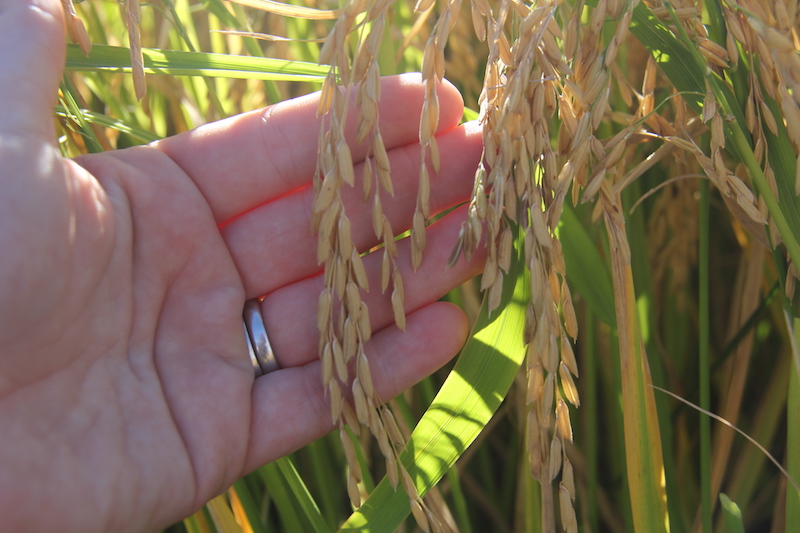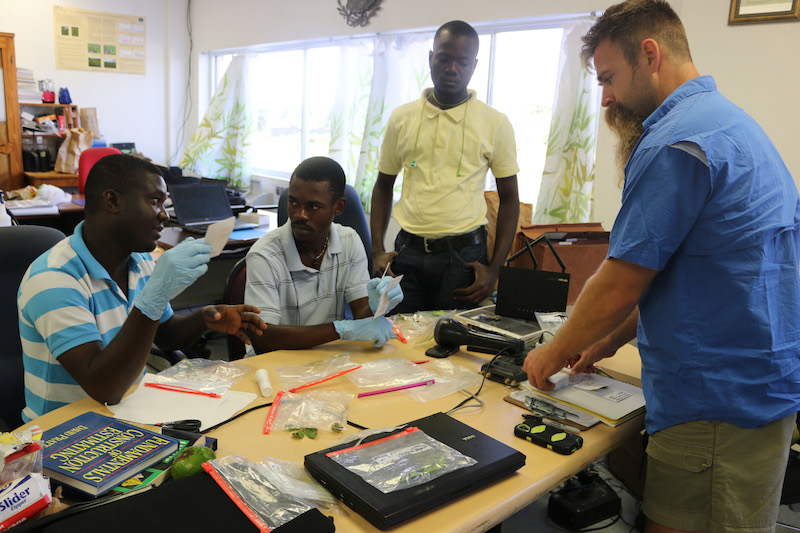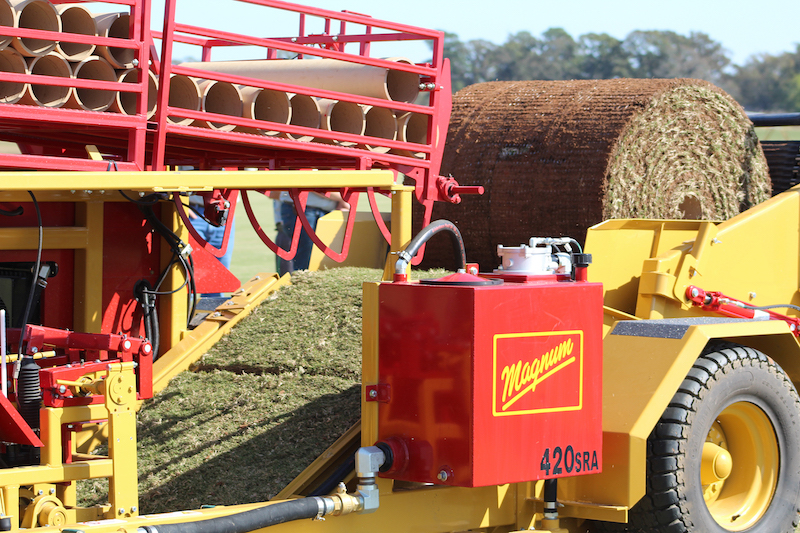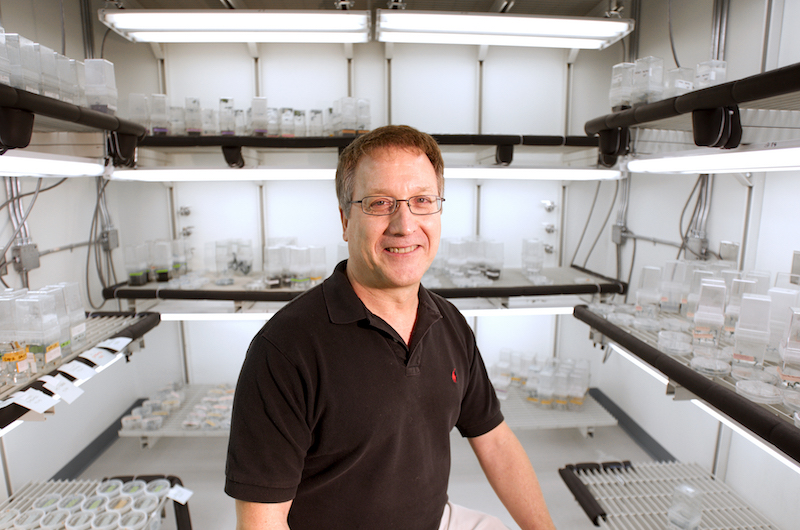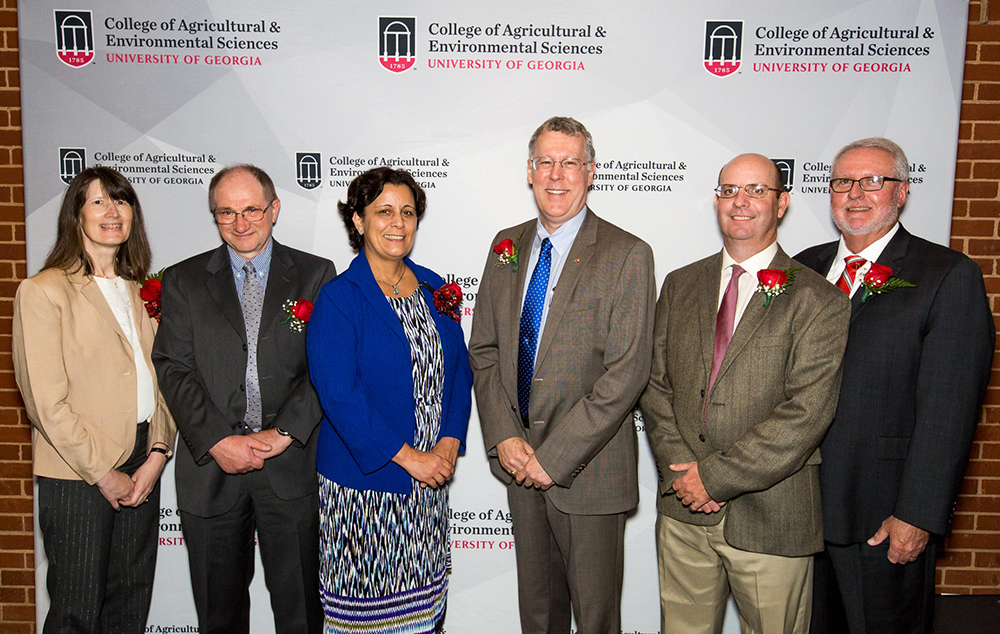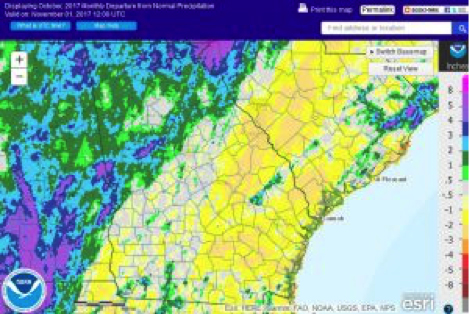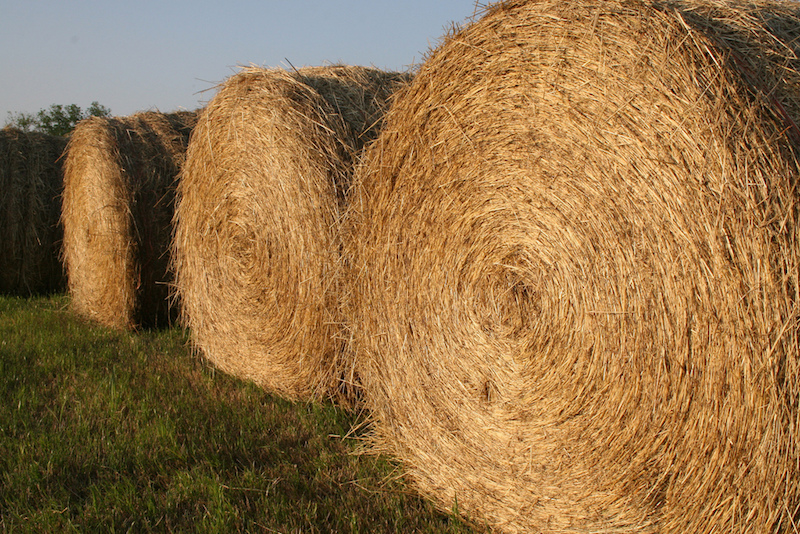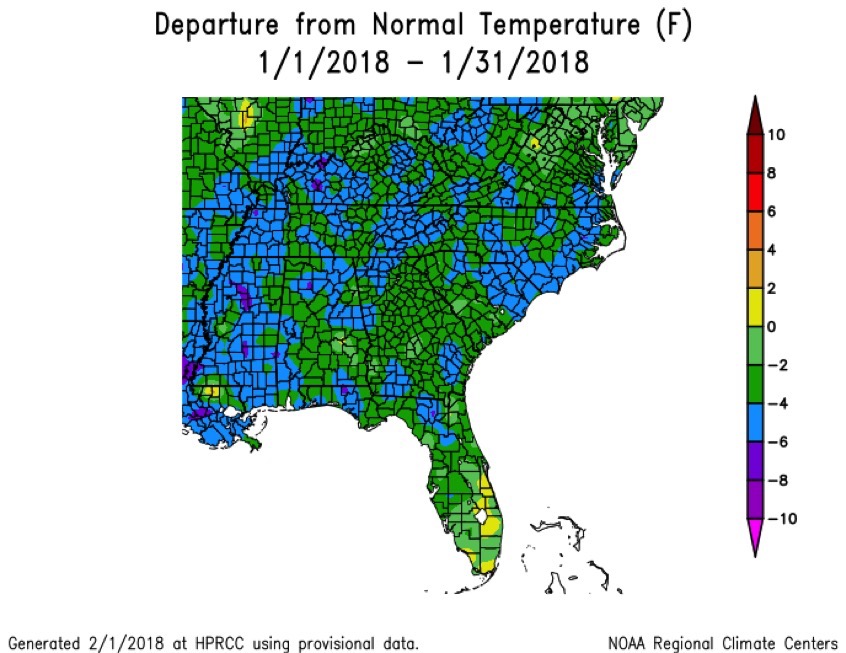 CAES News
CAES News
Cool, dry January
Georgia saw a cooler-than-normal start to the year, and most of the state posted average temperatures between 2.5 and 4 degrees below normal. With cool, dry air expected to dominate Georgia’s climate in coming weeks, there is a chance that drought could continue expanding across the state and may persist through the spring.

